Last weekend I asked my daughter about her making some icons based on my birds pictures. She remarked that they are most often brown, or dull colors. Well, I was lucky enough to catch a bunch of colorful birds this week. So the next 4 posts will be all about colorful birds.
The first one is the blue grosbeak.
As is common practice in the English taxonomy, this bird’s name was chosen for the male appearance: mostly striking blue with brown, black, and white streaks on the wings. On the other hand, as you can see in my pics, the female is dull colored. But this is a common fact of birds. The only thing here is that it’s so much more flagrant because of the intensity of the male’s colors.
This bird is a migratory bird. So they will come down to San Diego to breed. OK not just San Diego hahah, but most of the southern USA. They spend the winter in Mexico, as illustrated in this map.
A few interesting facts about this bird:
- Cowbirds often lay eggs in nests of this species
- Immature blue grosbeaks is usually chestnut brown, with chestnut wing bars. So they can be confused for females.
- They feed on insects, spiders, snails, and seeds.
- The female will build the nest and, be mostly taking care of feeding the young. Oh well, can’t ask the male to do much more than being so pretty :-p
- Often adds odd materials to the nest, such as snakeskin, or pieces of paper, string, or rags.
- The male will sing to defend its nest. One might wonder about the effectiveness of such a defense strategy.
- Lifespan is about 6 years
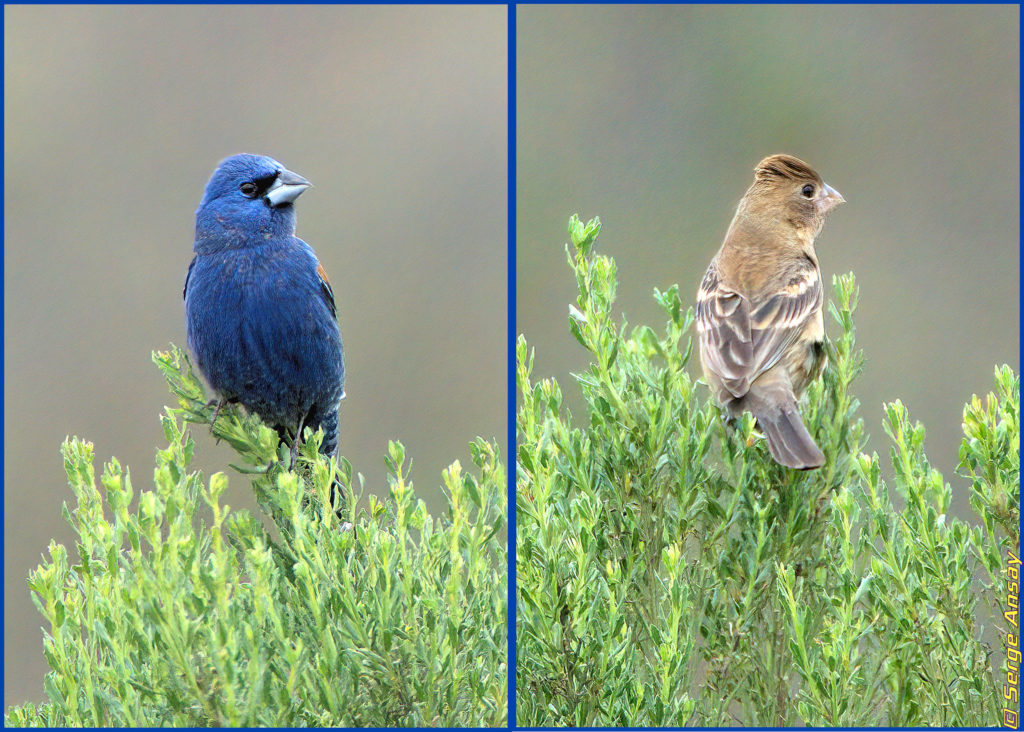
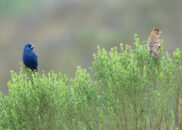
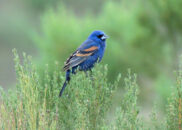
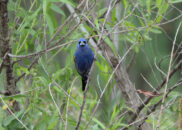
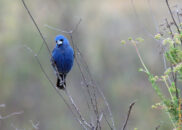
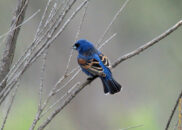
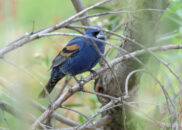
Wow even the beak is blue!